 Home
Home

Latest work

 Why Modernization of Oracle Forms?
Why Modernization of Oracle Forms?
It is important to discuss Oracle's product journey. Oracle Forms started with version 3, Unix-Character based, server-based, and later a two-tier software architecture was introduced (client-server). Oracle introduced new versions, such as 4.5 to version 6, during which web browser technologies and protocols were introduced. Sun Technologies introduced an object-oriented programming language called JAVA, which had the feature Byte code as Output, digitally compatible.
During this time, Oracle introduced version 6i, which had the capability to run through a browser and on client servers (using the previous non-browser style). After realizing its potential, Oracle Corporation acquired Java. Oracle introduced its first web-based form version 10g, followed by 11g and finally 12c. However, all of these products are dependent on a Java plug-in to be installed on the client's machine or device and execute in an applet.
The use of applets is itself vulnerability for the client. As a result, mainstream browsers have stopped providing the option of applet execution and have also stopped supporting previous versions. Furthermore, all devices such as tablets, smartphones, other Android and non-Android devices do not support applets. For these and other reasons, Oracle started working on a J2EE-Web Based Environment.
Oracle introduced the Java developer suite named J-Developer, which includes the ADF (Application Development Framework) based on JSF and MVC frameworks. Oracle also introduced a very easy and rapid web application tool named APEX. The output of ADF and APEX is improved with respect to user interface, but the user experience is not as easy (user-friendly) when compared to Oracle Forms.

Proof of Concept 1
Modernization of Oracle Forms

Proof of Concept 2
Modernization of Oracle Forms

| 0 |
 |
 |
 |
 |
 |
 |
 |
 |
 |
 |
 |
 |
 |
 |
 |
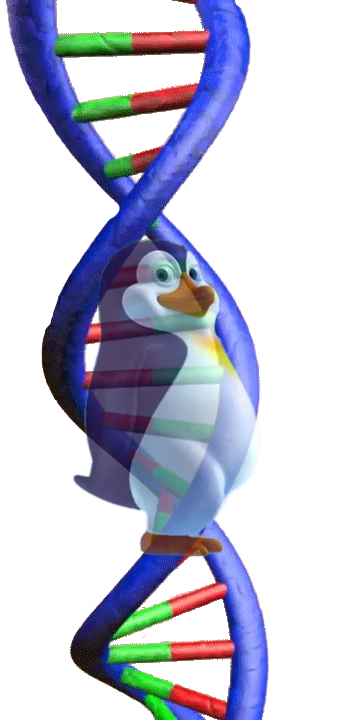 |
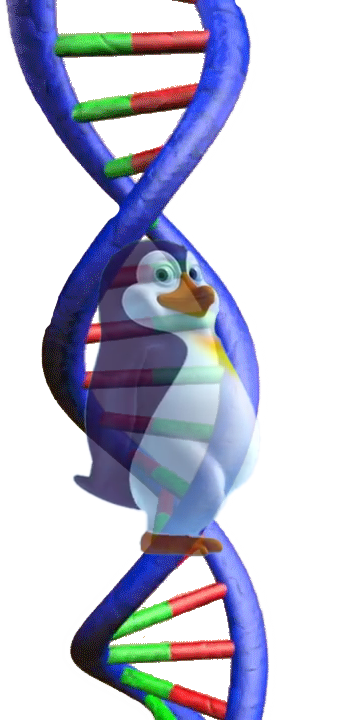 |
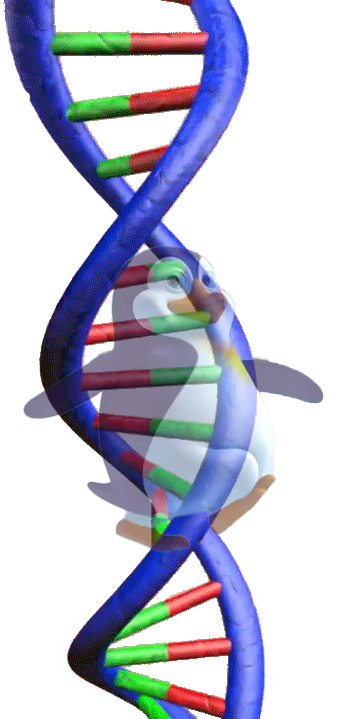 |
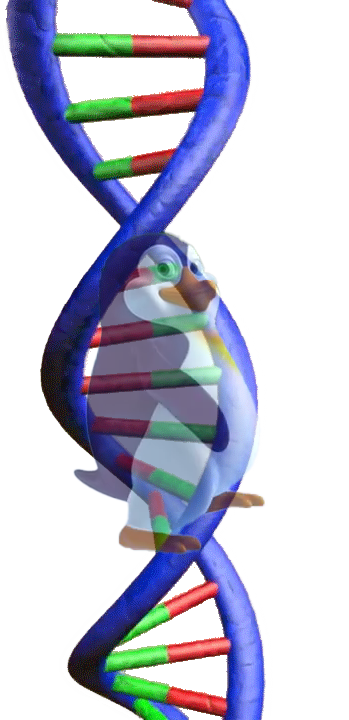 |
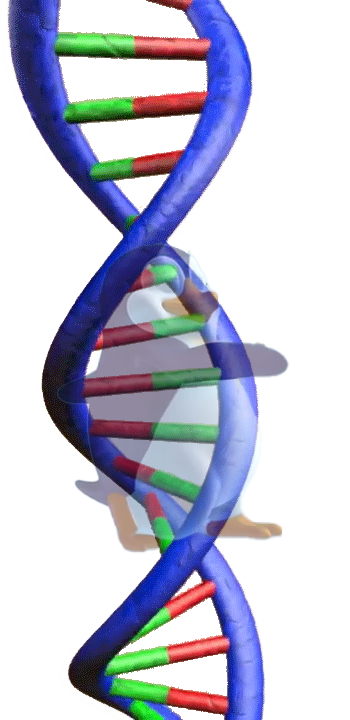 |
 |
 |
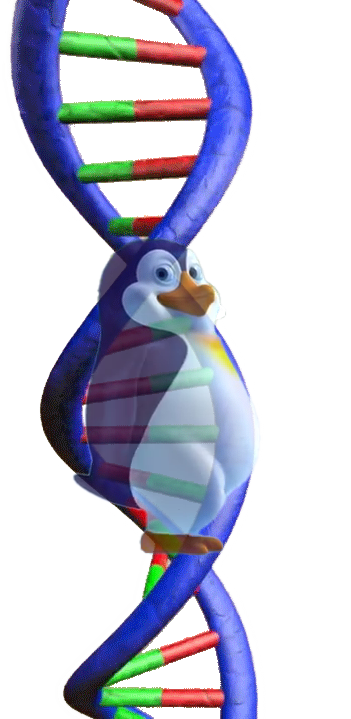 |
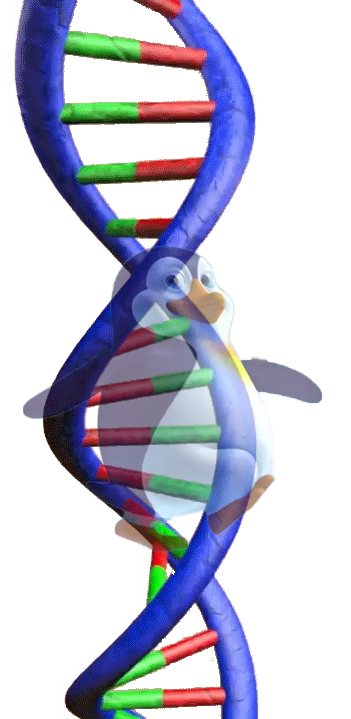 |
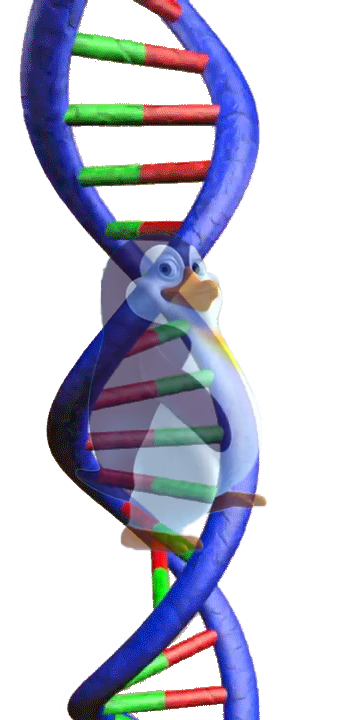 |
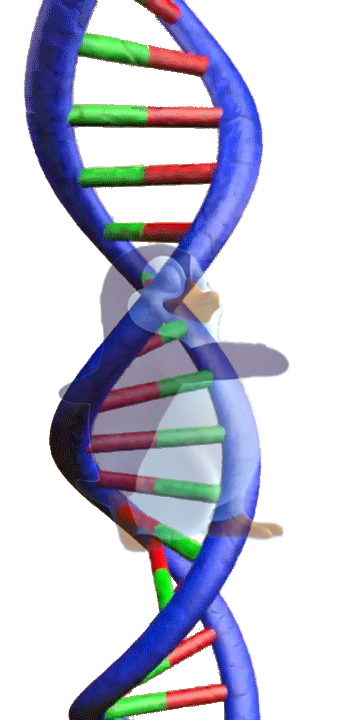 |
 |
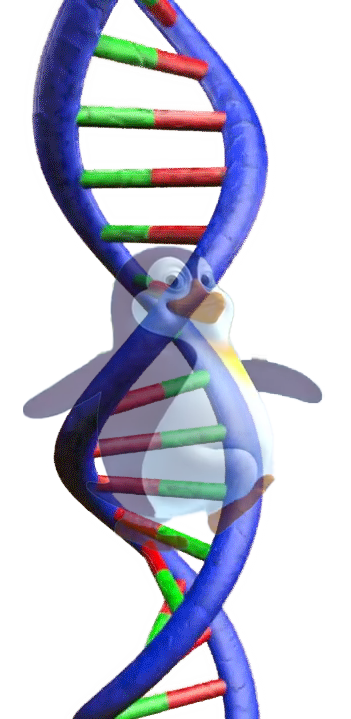 |
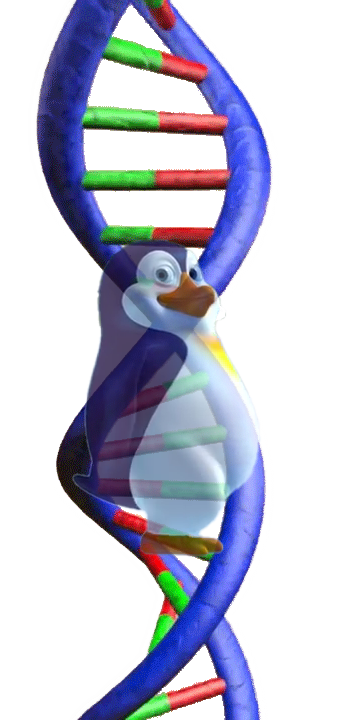 |
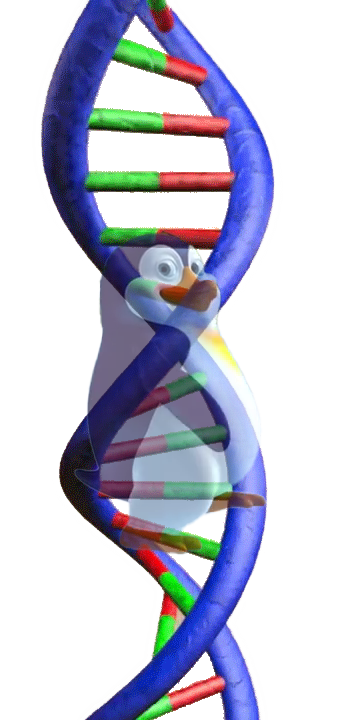 |
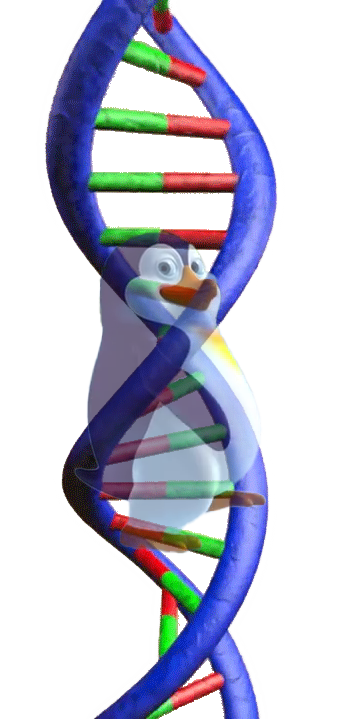 |
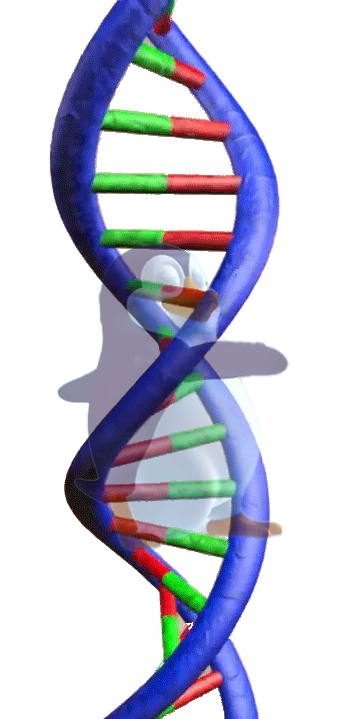 |
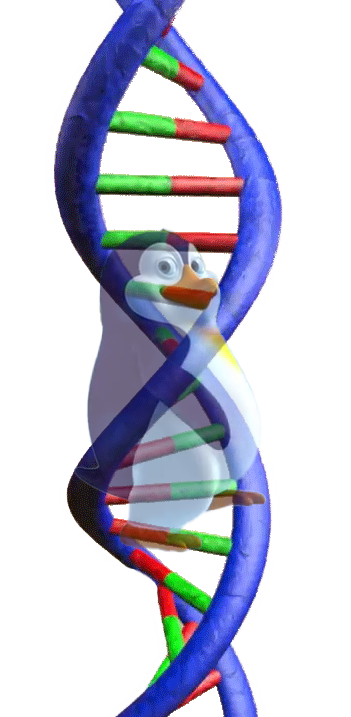 |
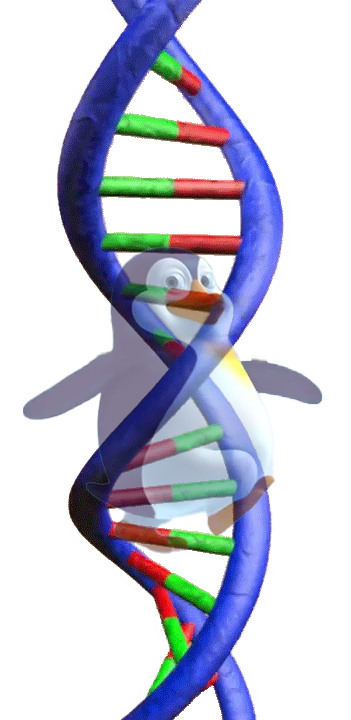 |
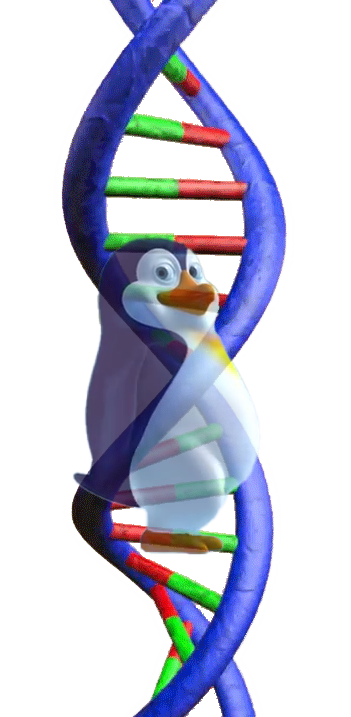 |
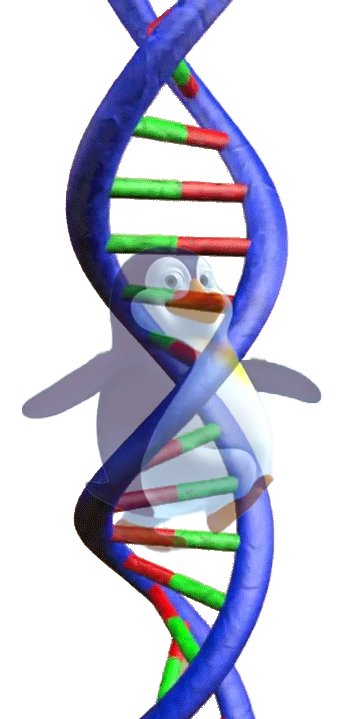 |
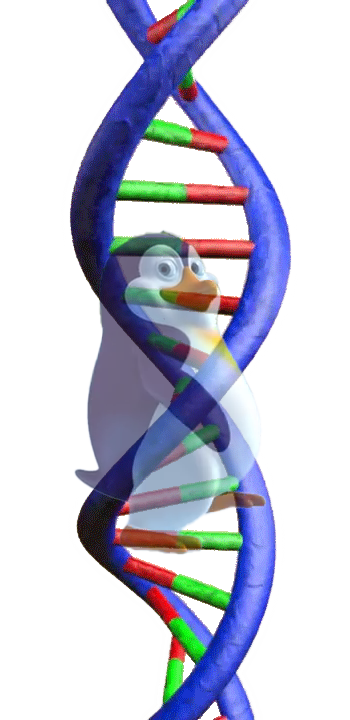 |
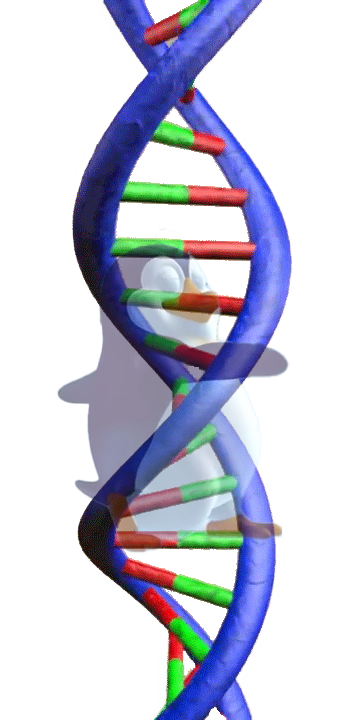 |
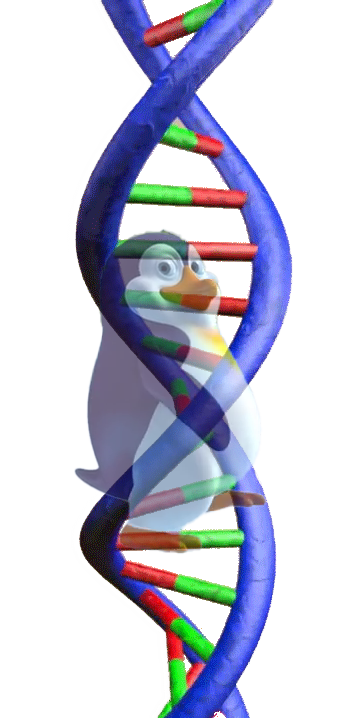 |
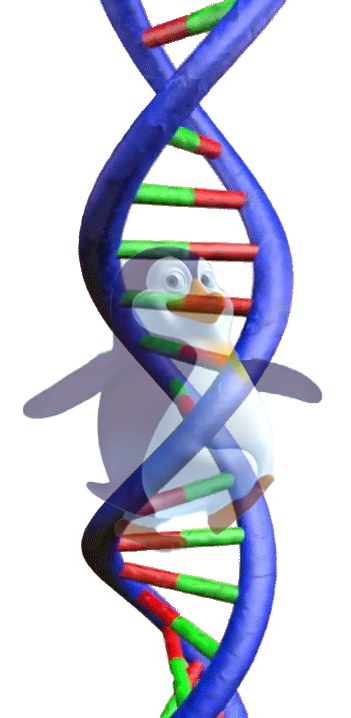 |
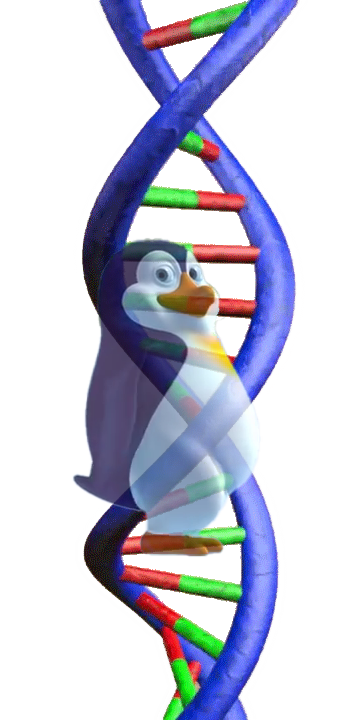 |
 |
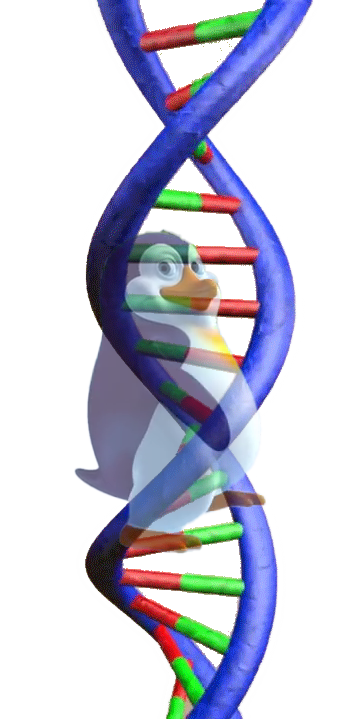 |
 |
 |
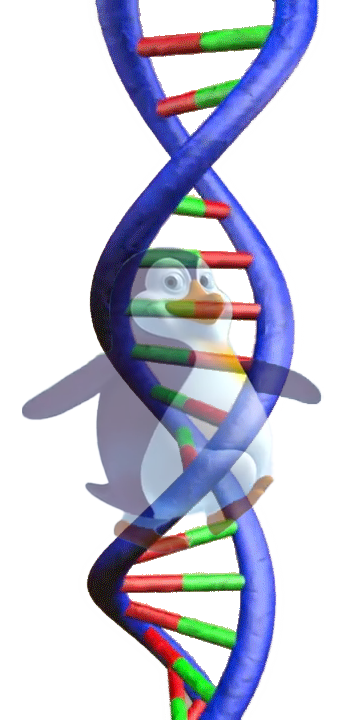 |
 |
 |
 |
 |
 |
 |
 |
 |
 |
 |
| A |